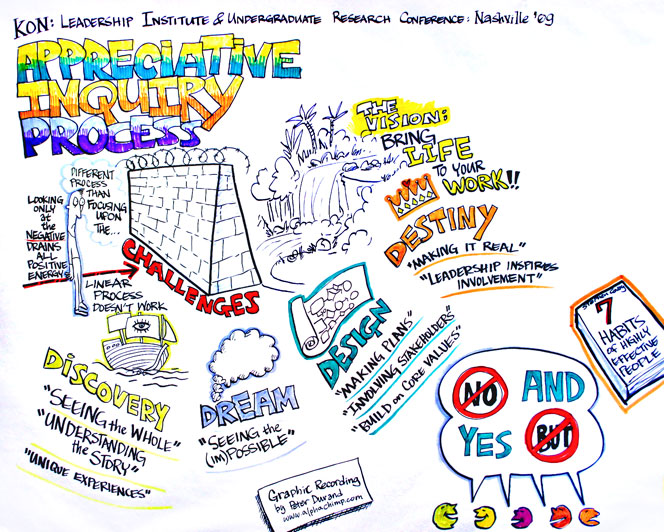3.2 Conducting Research
Learning Objective
2. Conduct research to gather relevant information and resources to prepare for negotiation
Part of the negotiation process includes gathering the relevant information and resources to prepare for the negotiation. This will often involve developing a relationship of trust with the other party so that we can understand their wants and needs and better prepare for the negotiation itself. It is like learning the steps of the dance. We need to conduct thorough research to be ready to negotiate. While there are several methods for gathering information and resources, each will have its own strengths and weaknesses and may be more or less applicable depending on the negotiation scenario. Some of the more common methods include:
- Secondary research
- Benchmarking
- Appreciative Inquiry
Secondary Research
Secondary research can help answer the question, “What is already known about this problem?” This is often the first place to start understanding the problem better.
Begin each collective decision-making session by expecting civility, practicing dialogue, encouraging candour, and inviting deliberation.
Because so much information is readily available these days, it makes sense to begin solving problems by searching for available information. Useful information sources include general web searches such as Google Search; specialized web searches such as Google Scholar; online encyclopedias such as Wikipedia and Scholarpedia; libraries, books, periodicals, Academic journals, News media, archives, standards, written law, bibliographic databases, and others.
Benchmarking
Benchmarking can help us answer the question, “How do they do that?
The simplest approach to benchmarking is to identify some existing solution to your problem or some related problem and learn all you can from that solution. We benchmark every day when we ask friends to name their favourite restaurants, smartphone applications, books to read, or colleges to attend. More formal benchmarking efforts may follow a comprehensive procedure.
Creative people claim, “Good artists copy; great artists steal”. We certainly don’t advocate theft, plagiarism, or isolation. We also don’t advocate reinventing the wheel or ignorance. Begin with the best practice in mind.
Appreciative Inquiry
Appreciative inquiry uses ways of asking questions and envisioning the future to foster positive relationships and build on the present potential of a given person, organization or situation. The most common model utilizes a cycle of four processes, which focus on what it calls:
- Discover: The identification of organizational processes that work well.
- Dream: The envisioning of processes that would work well in the future.
- Design: Planning and prioritizing processes that would work well.
- Destiny (or Deploy): The implementation (execution) of the proposed design.
The aim is to build – or rebuild – organizations around what works rather than trying to fix what doesn’t. Appreciative Inquiry practitioners describe this approach as a complement to solving problems.

“Secondary Research” from BUS641: Strategic Negotiations and Conflict Management from Saylor Academy is licensed under a Creative Commons Attribution 3.0 Unported license, except where otherwise noted.

